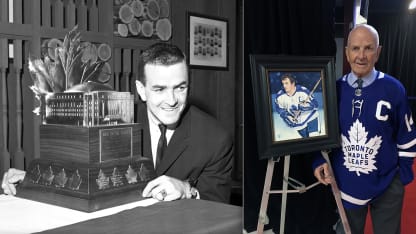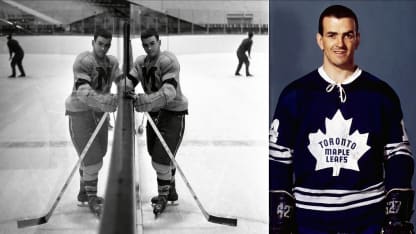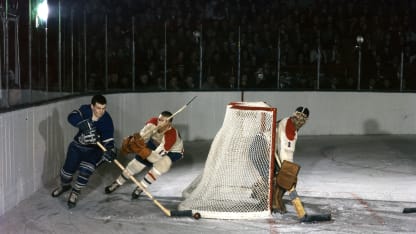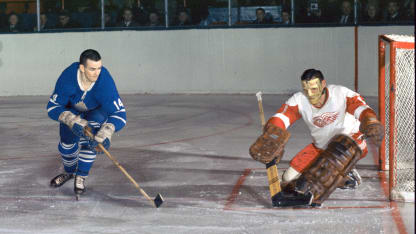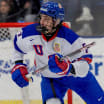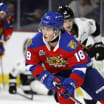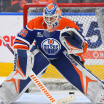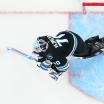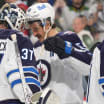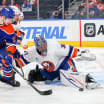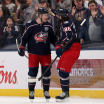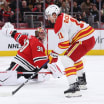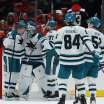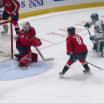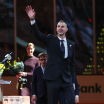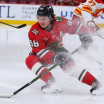Before the Stanley Cup Playoffs last April, you spoke of the “baby steps” the Maple Leafs had to take to win their first playoff series since 2004. They beat the Tampa Bay Lightning in six games, then lost to the Florida Panthers in five games in the Eastern Conference Second Round. What’s the next step?
“Win two series. It was an accumulation of things with Tampa. The Lightning were tired. The three previous seasons they had won the Stanley Cup twice and gone to the Final another time. The Leafs were kind of lucky to beat them. Then they played Florida and the Panthers played very physically. The Maple Leafs just didn’t respond.”
Toronto’s William Nylander said the other day that he’ll take the subway to home games …
“I saw a picture of him on the subway. When I played here, I didn’t take public transit to Maple Leaf Gardens. But when I came back with Hartford, I drove to the subway and took it to the rink. I was recognized, yes. Fans here have been wonderful to me. When I came back with Hartford, that continued. When I come to Toronto now to do something, they’ll come to see me. They’ve always been very supportive.”
Is there anyone in today’s NHL who reminds you of yourself, of the way you played the game?
“I thought Jonathan Toews played that way. He played both ends of the rink very hard, he was bigger than me and more physical. I thought there were similarities there. I guess you could say Patrice Bergeron, too, but he didn’t skate as well as I did.”
If you’re playing today, who would you like as your linemates, even if they’re not actual left and right wings?
“The game today is totally different than how I played, obviously. Let’s say maybe (Boston Bruins forward) Brad Marchand.”
Guaranteed he’ll take more penalty minutes than you …
“(Laughs) Yes, so then I’d be killing his penalties. And I’d like to play with (Toronto forward) Matthew Knies to help with his development. I always believed that it was my responsibility to make my linemates better players, not the other way around.”
When you were inducted into the Hockey Hall of Fame in 1986, your legendary New England and Hartford Whalers teammate Gordie Howe said: “We all should have been so lucky to know how to play the game as well as Dave.” What was the best part of playing with “Mr. Hockey” for the time that you did?
“Probably to see the enthusiasm that Gordie still had at that age. I played with him until he was [52]. He enjoyed the games. I think he might have been able to do without the practices and the travel. When Gordie came to practice, he worked at it. To have that much enthusiasm at that age, that was pretty impressive. You get to be 40 and it’s really hard. You need the enthusiasm to practice and play and travel. He was doing it and enjoying it at 50. These young guys who were playing with Gordie were in awe, looking at how powerful he still was at that age. That was the thing that awed people, the physique on him. Still going out there at age 50 and whacking guys. Gordie was Gordie and he wasn’t going to change.”

